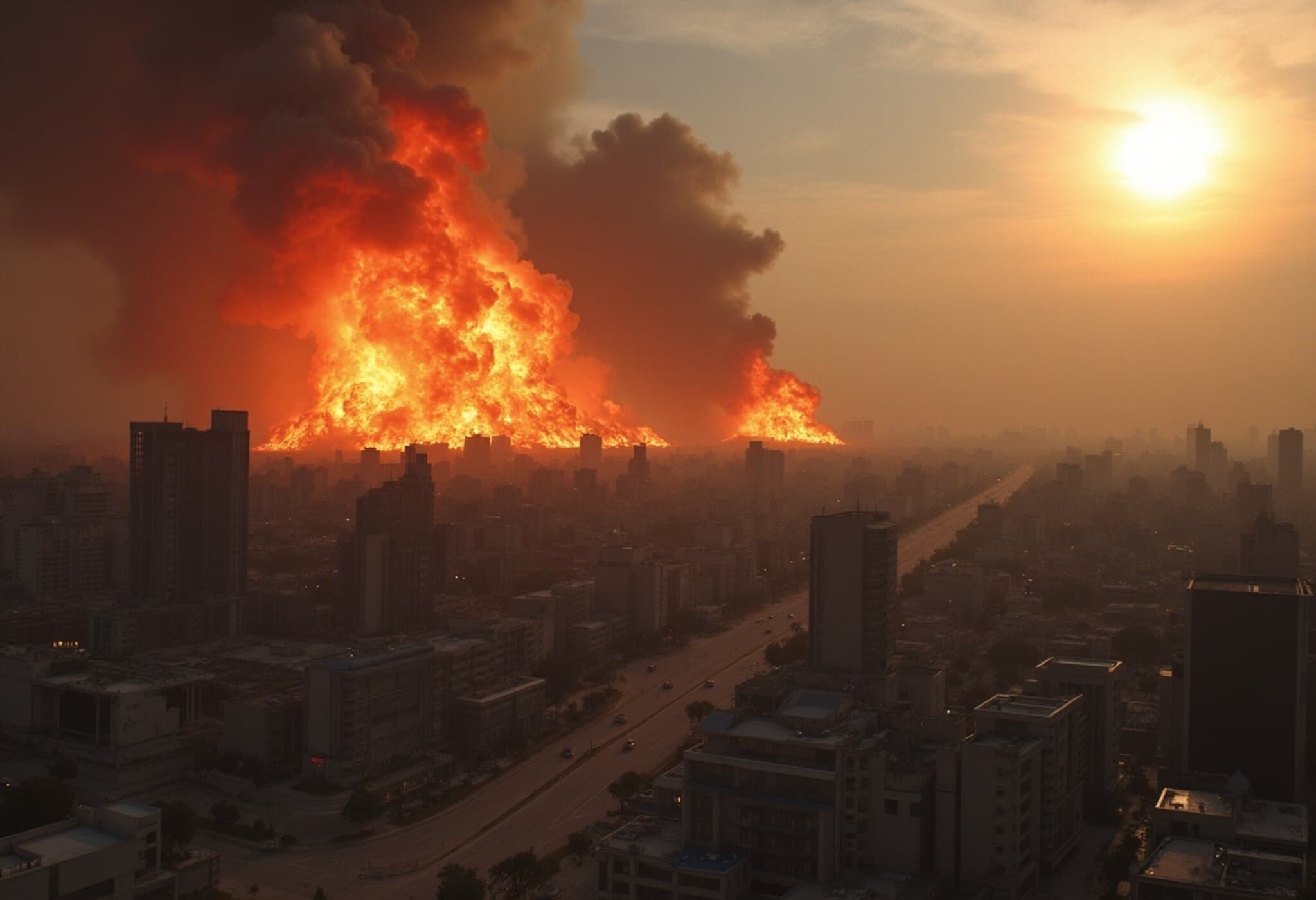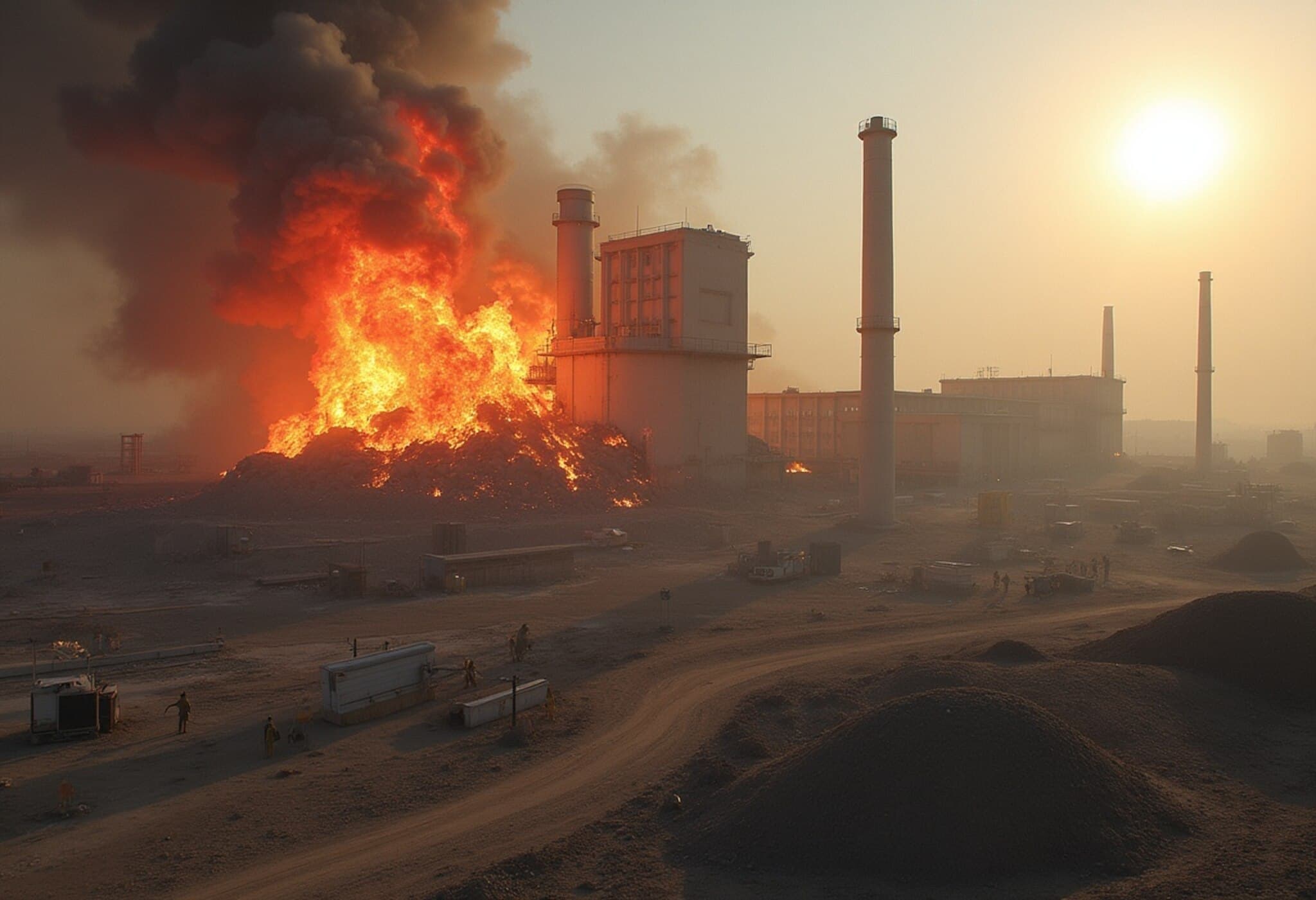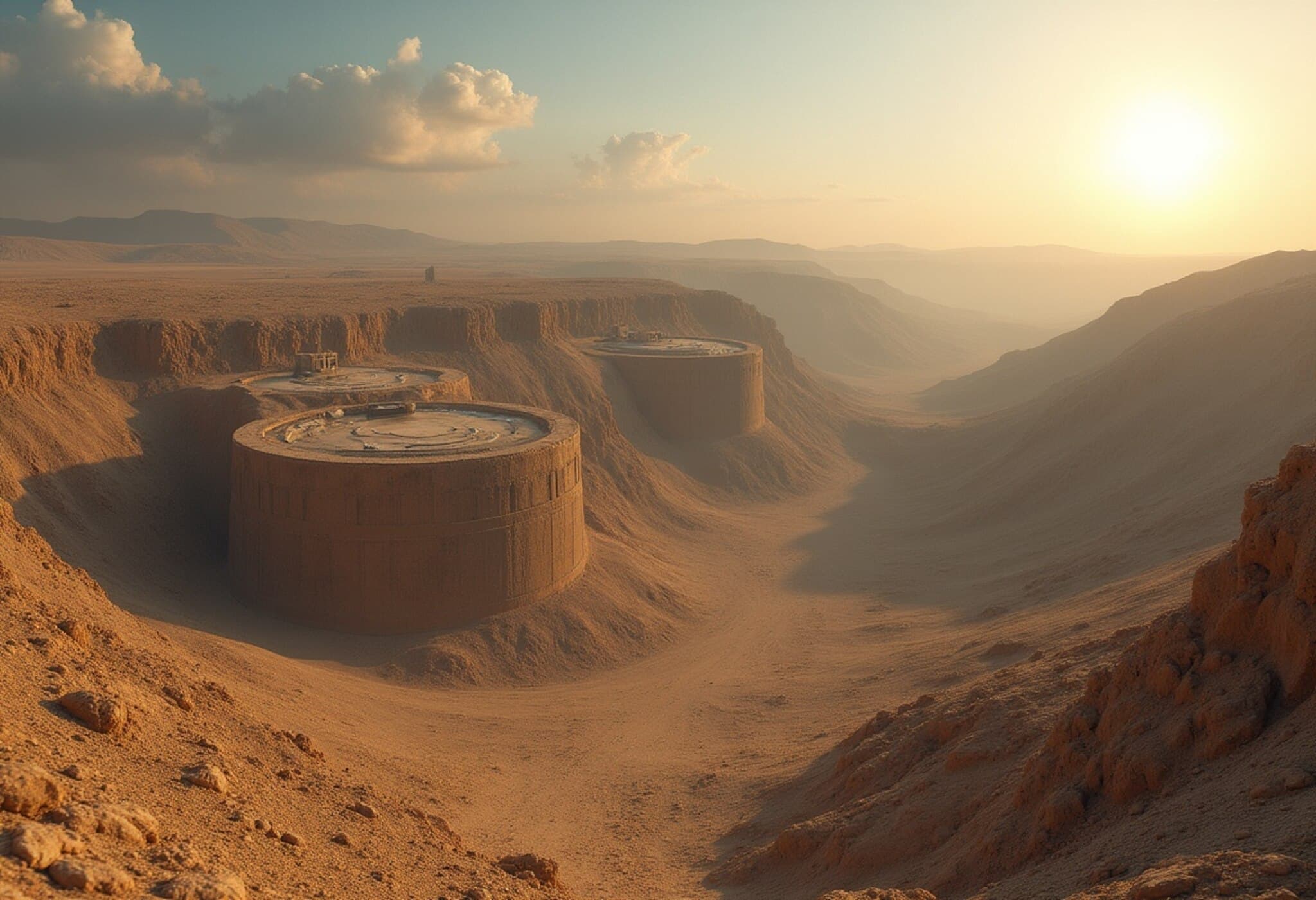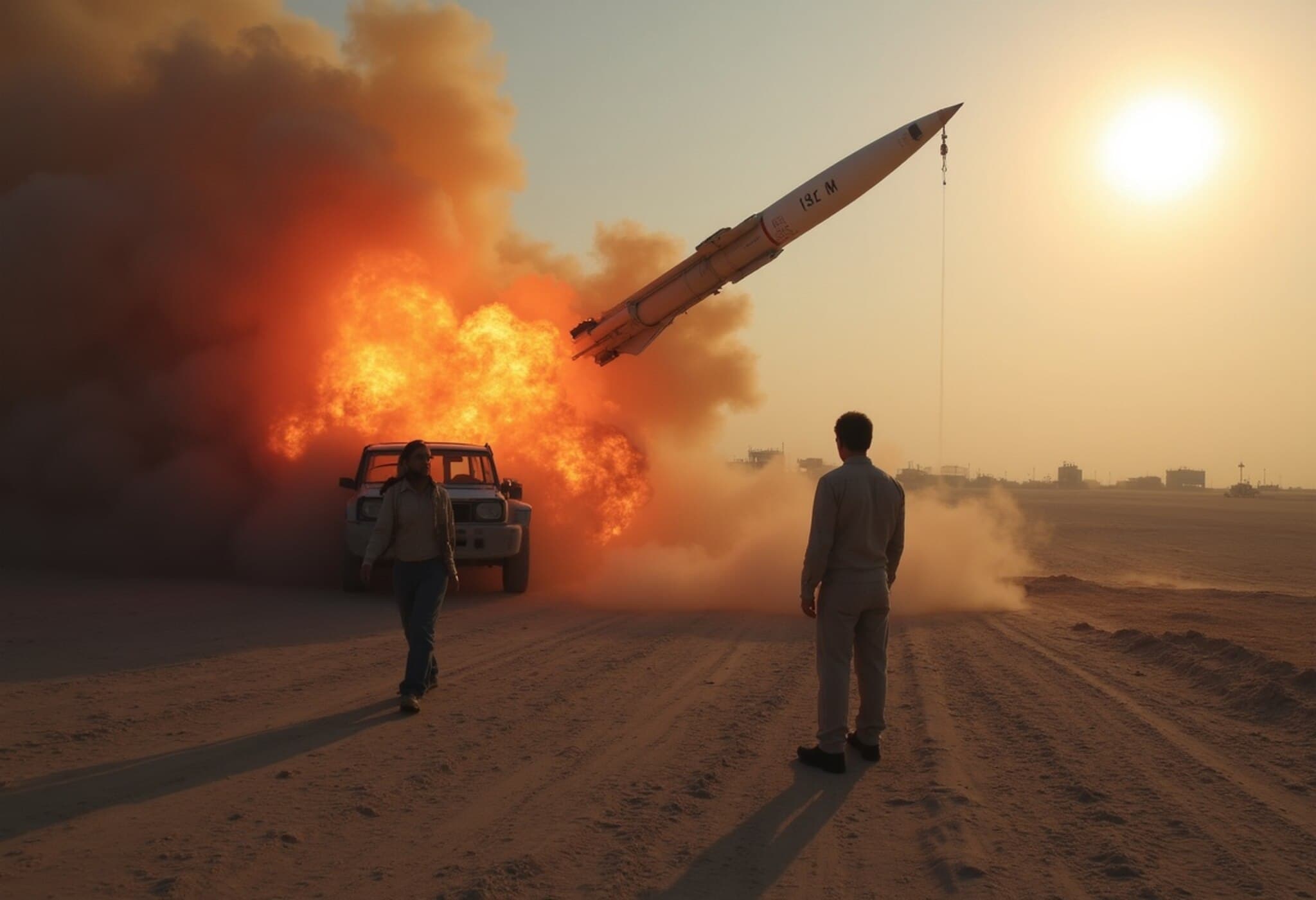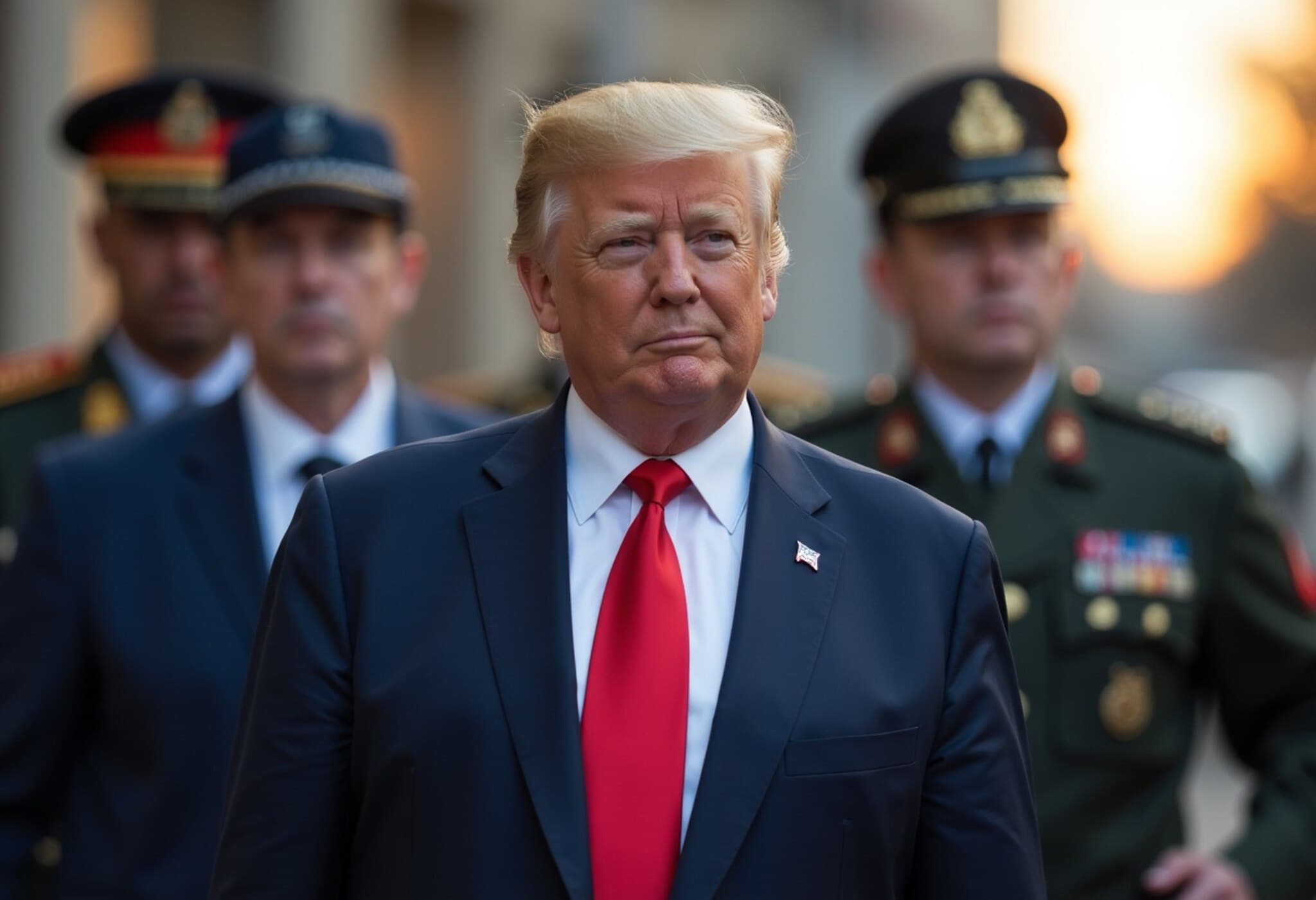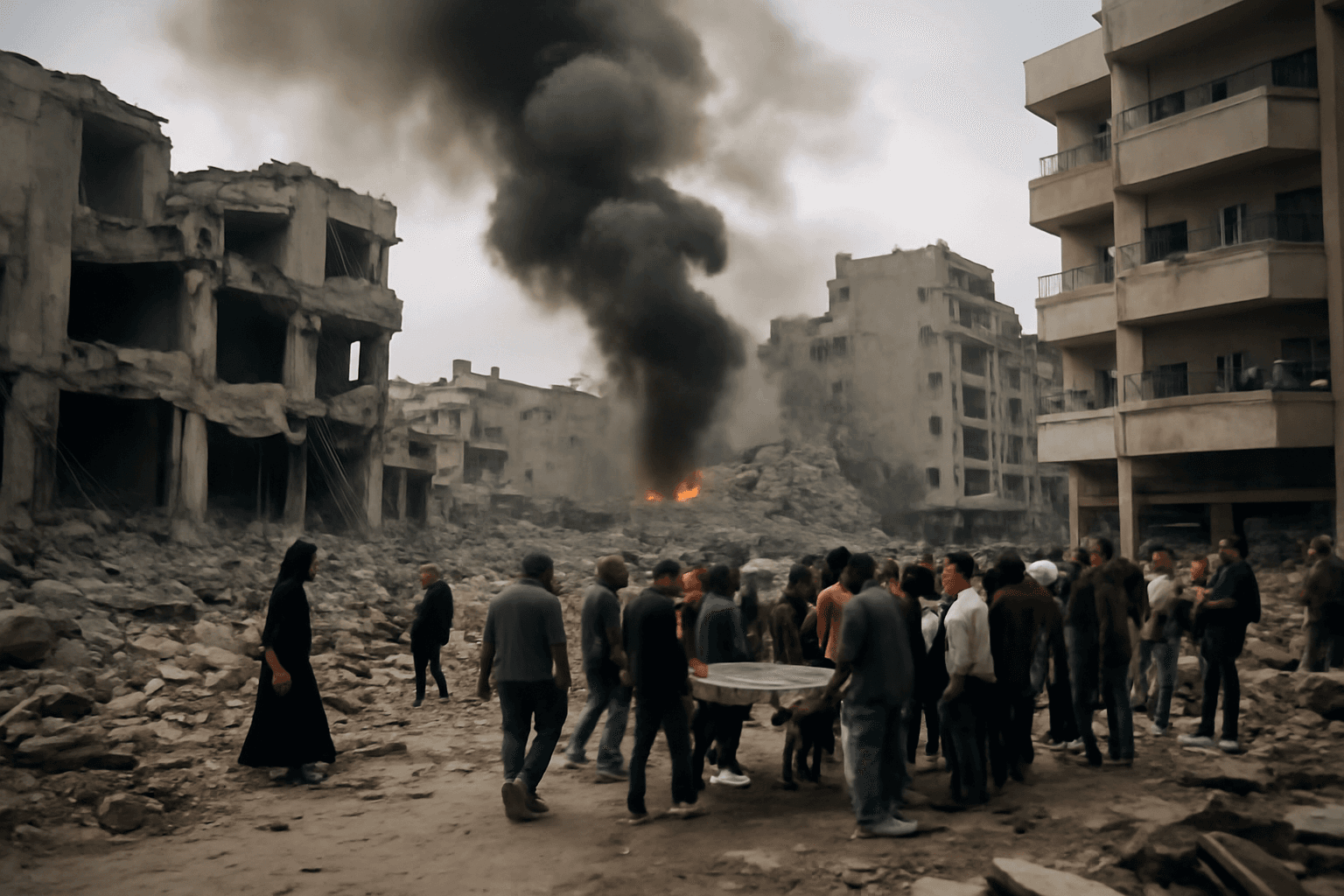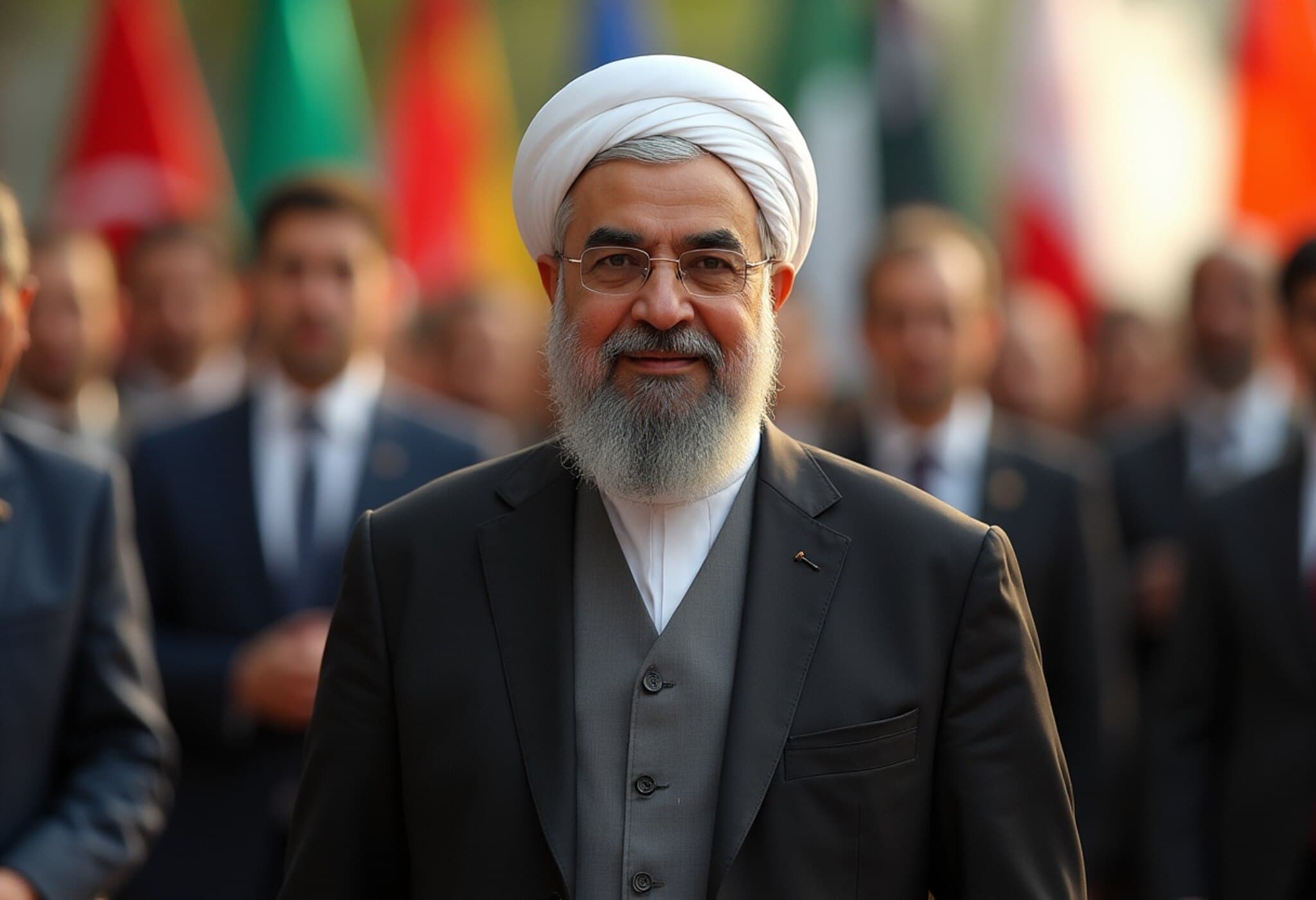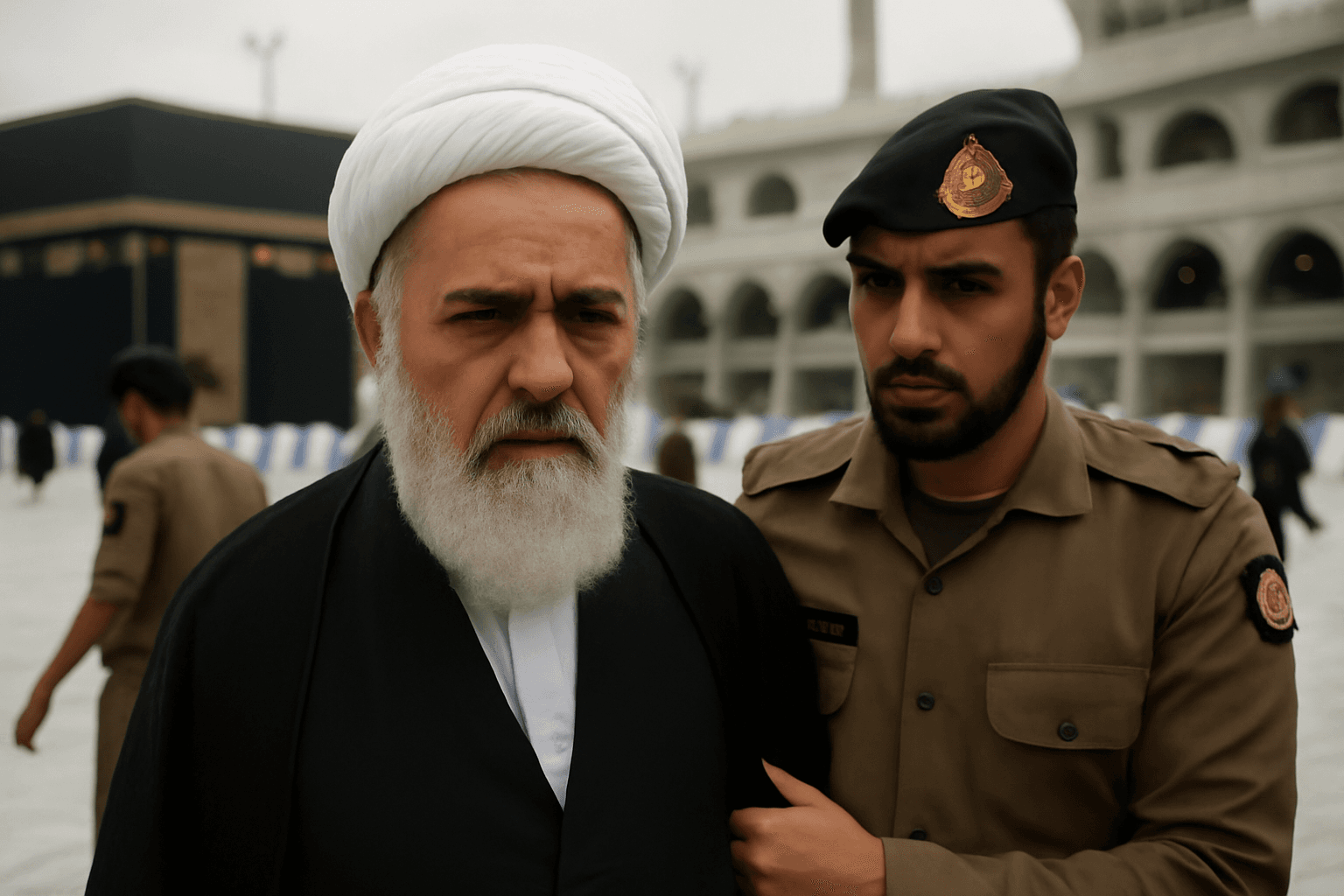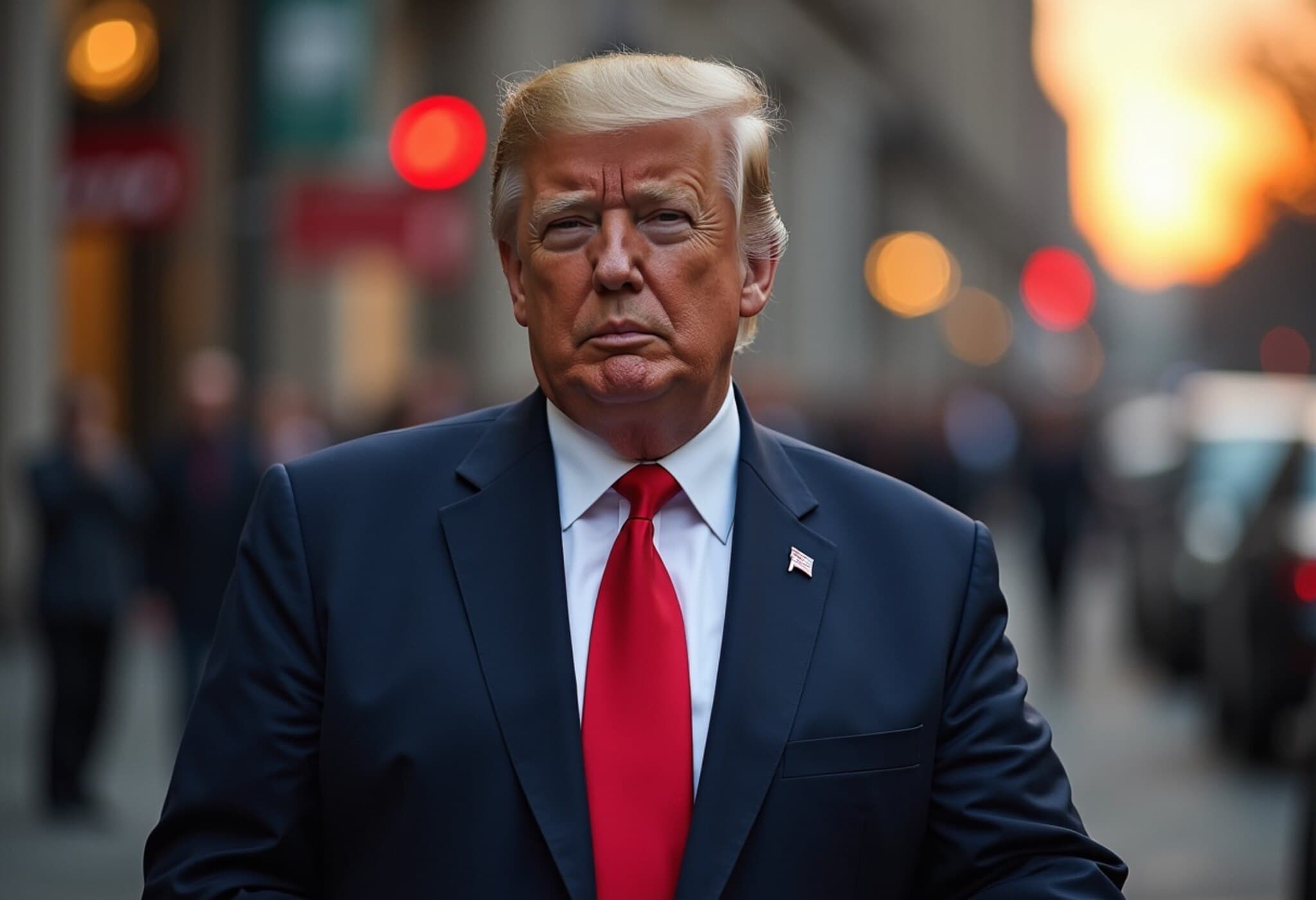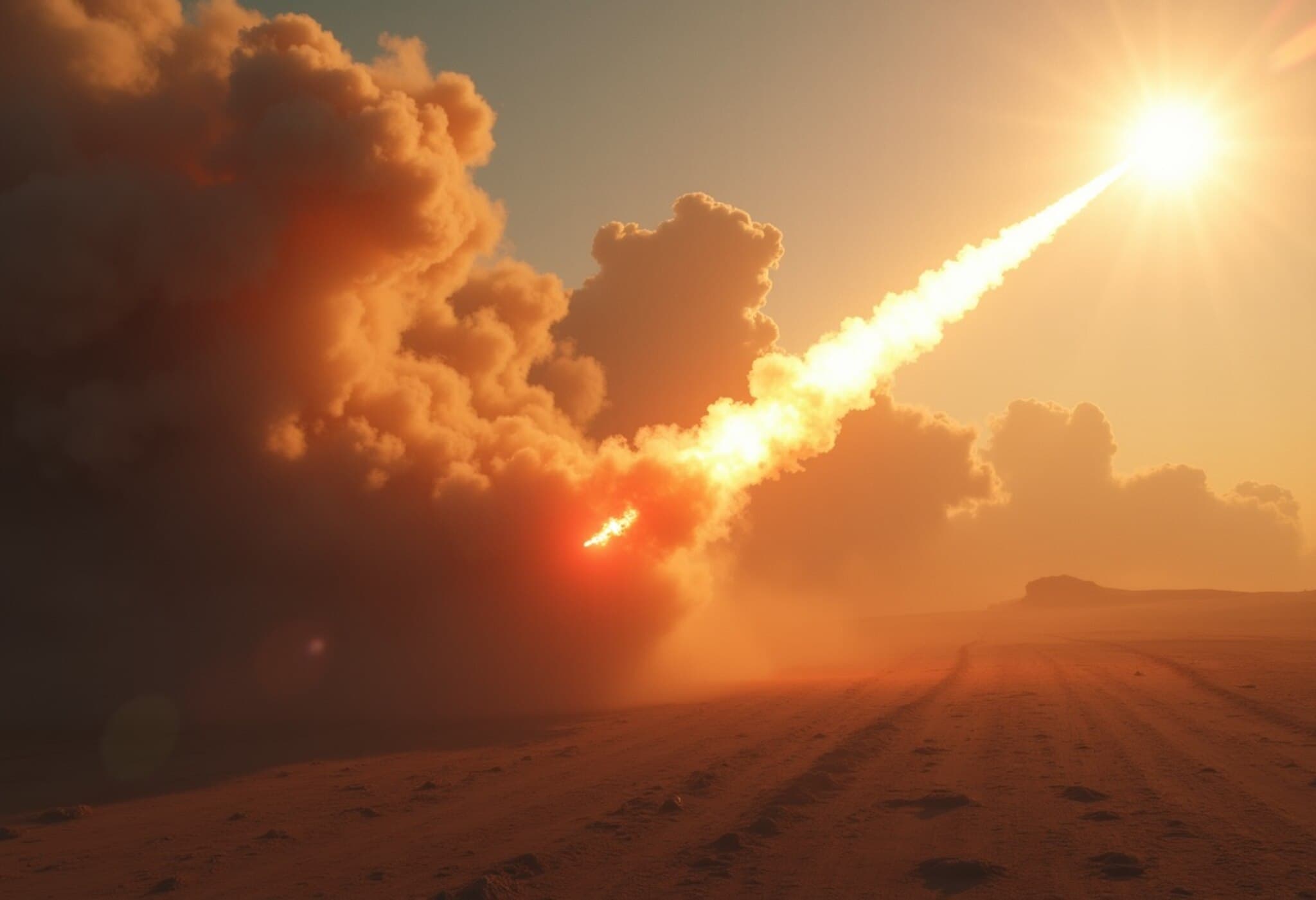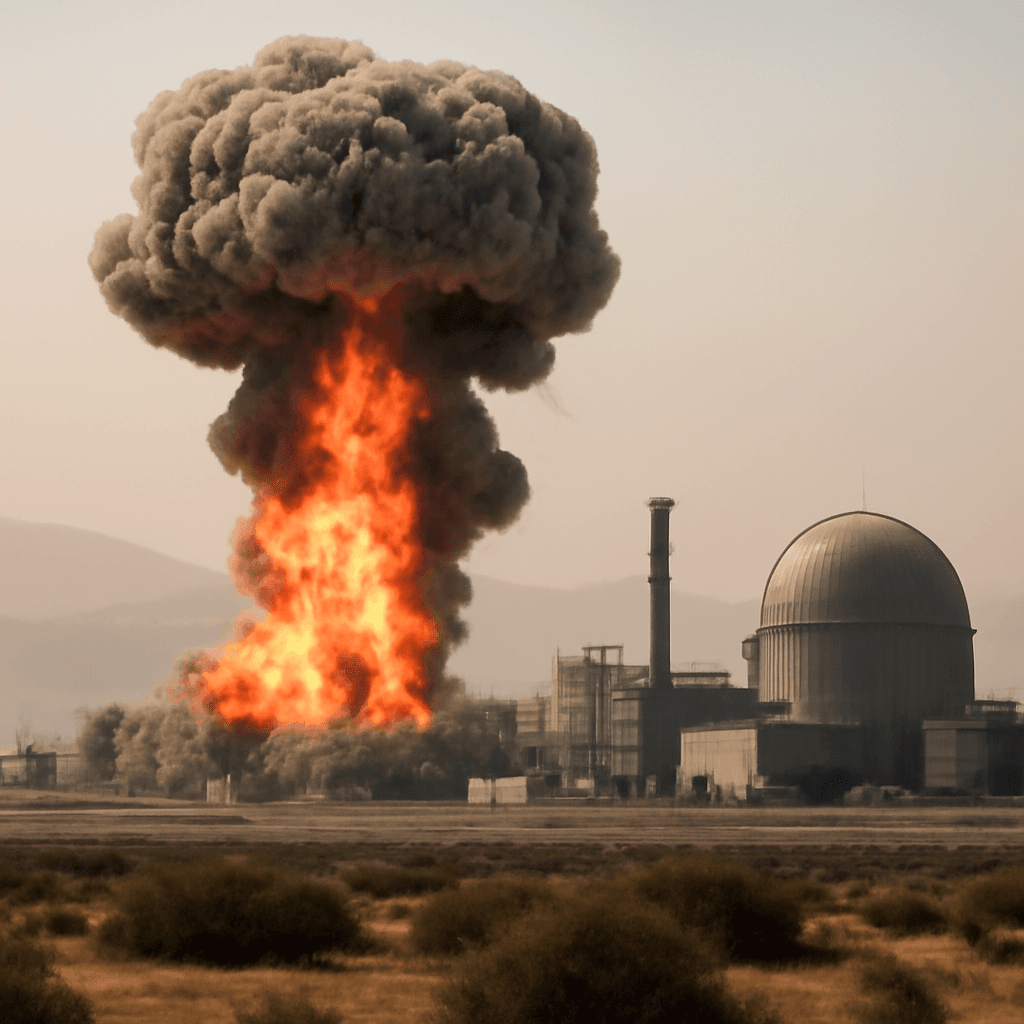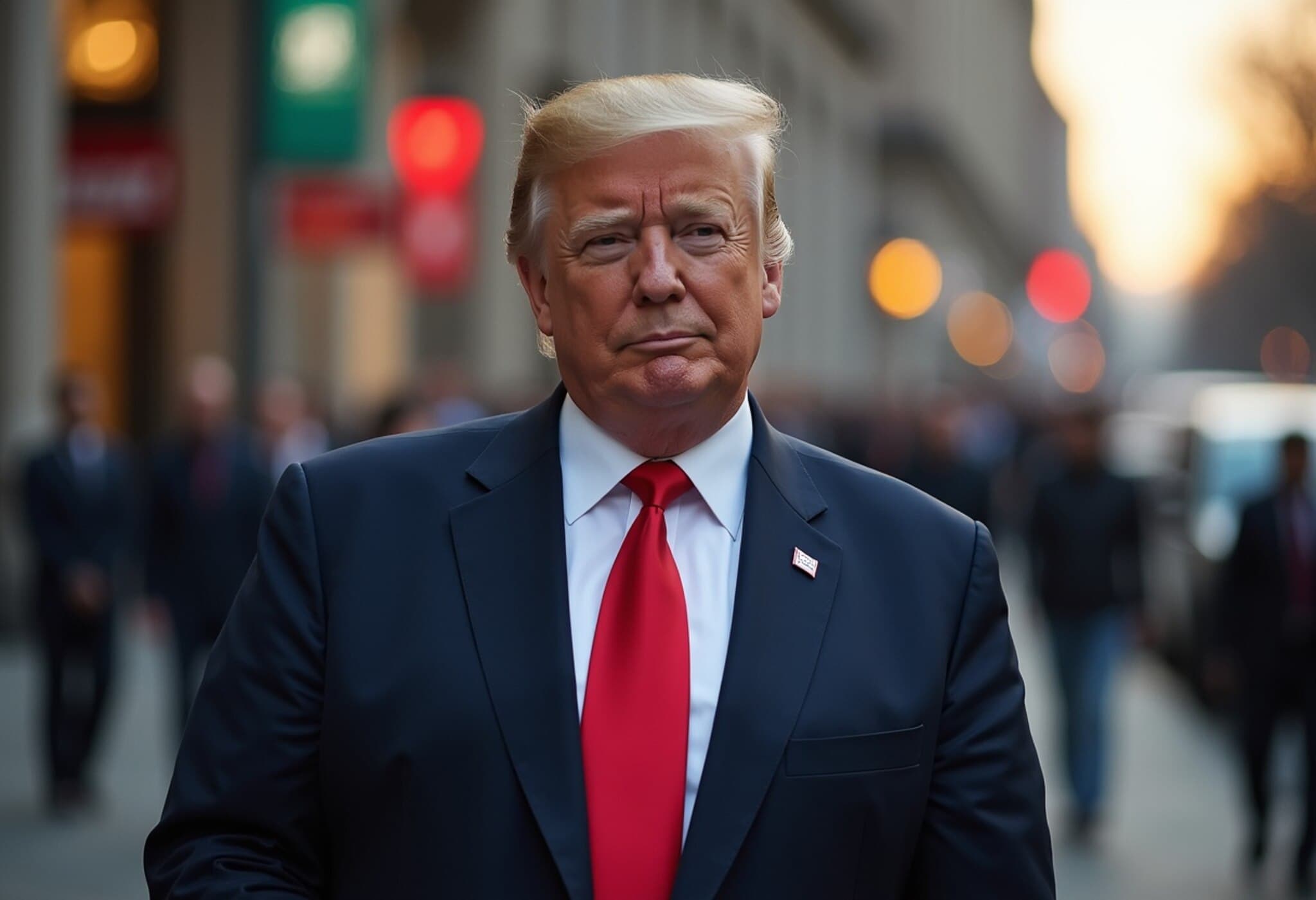After Strikes, Iran’s Enriched Uranium Stockpile Still Unaccounted For
Despite bold claims by former US President Donald Trump that Iran's nuclear program was "completely and totally obliterated," recent statements from US officials suggest a different reality. The enriched uranium stockpile, reportedly enough material to produce up to ten nuclear bombs, has not been found following devastating strikes on Iran’s nuclear sites.
US Vice President Acknowledges Uranium May Still Be With Iran
US Vice President JD Vance openly admitted that the uranium and nuclear equipment might still be in Iran’s possession. Speaking publicly, he emphasized ongoing efforts to address this critical issue, stating, “We are going to work in the coming weeks to ensure that we do something with that fuel, and that's one of the things we’re going to have conversations with the Iranians about.”
While Vance acknowledged the uranium’s uncertain location, he stood firm that Iran’s capability to convert this stockpile into operational weapons has likely been hampered by the precise destruction of vital nuclear infrastructure.
Iran’s Anticipation of the Attacks
Insights from Israeli intelligence reveal that Iran had likely foreseen the impending strikes and proactive measures were taken. According to their sources, approximately 400 kilograms of uranium along with critical nuclear equipment were relocated several days prior to the US assault.
Vance remarked, “How Iran responds is ultimately their choice. We executed a narrowly tailored operation to minimize collateral damage but if Tehran decides to escalate, the President will respond accordingly.”
Military Leadership and International Experts Provide Assessment
Top US defense officials, including Secretary of Defense Pete Hegseth and Joint Chiefs Chairman General Dan Caine, refrained from echoing Trump’s sweeping statements. They confirmed that damage assessments post-strike showed "significant damage and destruction" at the targeted sites, which included Fordow, Natanz, and Isfahan facilities.
Meanwhile, International Atomic Energy Agency (IAEA) Director General Rafael Mariano Grossi noted that UN inspectors last observed Iran's uranium stockpile roughly a week before the US strikes. When questioned on the possibility of the material being moved elsewhere, Grossi replied succinctly, "I do." Furthermore, no abnormal radiation levels have been detected since the attacks, a conclusion supported by monitoring from Gulf countries as well.
Wider Repercussions and Iranian Response
These strikes followed intense diplomatic discussions and heightened tensions between the US and Iran. Iran has retaliated by launching missile attacks on multiple Israeli cities, escalating the regional volatility.
Iranian Foreign Minister Abbas Araghchi accused the US and Israel of sabotaging any chances of dialogue. He specifically pointed the finger at Israel’s June 13 strikes for derailing negotiations and condemned the recent US attacks as further obstacles to peace.
Claiming Iran’s right to defend itself, Araghchi declared, “We will respond in accordance with our rights and national security priorities.”
What Lies Ahead?
The fate of Iran’s enriched uranium stockpile remains a pressing concern amid the geopolitical uncertainty. With nuclear capabilities possibly intact, strategic dialogue and vigilance are paramount as the international community watches closely how Tehran and Washington navigate this volatile chapter.

